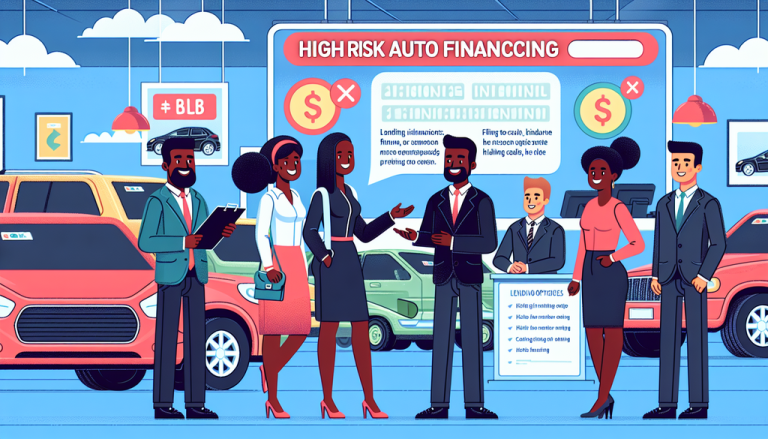Navigating the complex terrain of high-risk auto financing can feel like walking a financial tightrope. For many consumers with challenging credit histories, securing a vehicle loan isn’t just a transaction—it’s a critical lifeline to mobility and opportunity.
What Defines High-Risk Auto Financing?
High-risk auto financing emerges when traditional lenders perceive significant uncertainty about a borrower’s ability to repay. Several key factors contribute to this classification:
- Credit scores below 600
- Limited credit history
- Previous bankruptcy or repossession
- Inconsistent income streams
- Higher debt-to-income ratios
Statistical Landscape of High-Risk Lending
| Credit Score Range | Approval Rate | Average Interest Rate |
|---|---|---|
| 300-500 | 12% | 18.5% |
| 501-600 | 35% | 15.7% |
| 601-660 | 65% | 12.3% |
Strategies for Borrowers
Consumers can employ several strategic approaches to improve their auto financing prospects:
- Credit Repair: Address negative items on credit reports
- Larger Down Payments: Reduce lender’s perceived risk
- Consistent Income Documentation: Demonstrate financial stability
- Co-Signer Options: Leverage stronger credit profiles
Understanding Lender Risk Calculations
Specialized lenders assess high-risk borrowers through nuanced risk models that extend beyond traditional credit scoring. They evaluate:
- Employment consistency
- Current debt obligations
- Recent financial behavior
- Potential for future earnings
Warning Signals for Borrowers
Red flags that signal potential predatory lending practices include:
❌ Extremely high interest rates exceeding 25%
❌ Aggressive prepayment penalties
❌ Mandatory expensive add-on products
❌ Rushed or pressured loan approval processes
High-risk auto financing isn’t a dead end—it’s a challenging pathway requiring strategic navigation. By understanding the landscape, improving financial health, and making informed decisions, borrowers can transform their lending challenges into opportunities.



